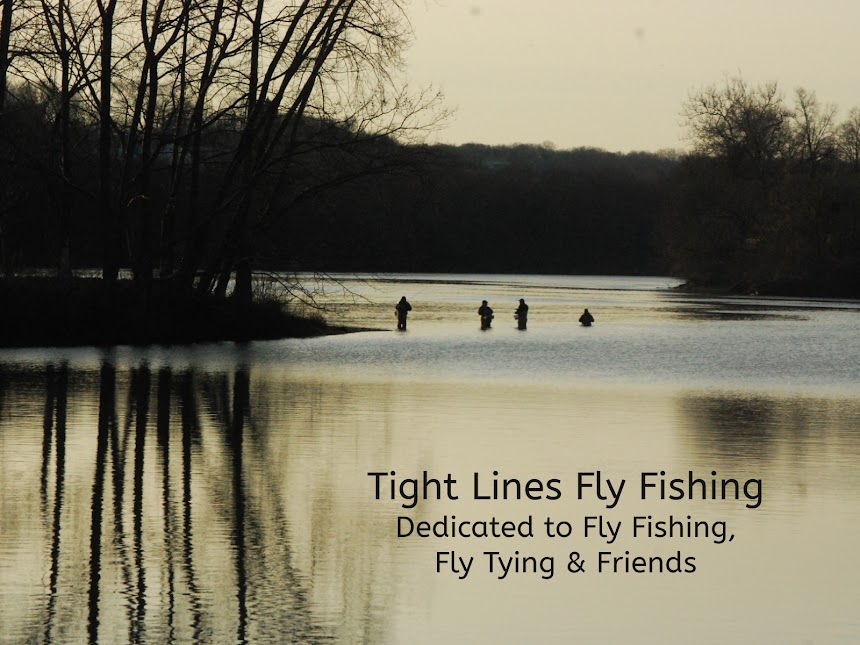Rhody (Two Feather) Flat Wing
Hook: Gamakatsu SC15 Wide Gap Hook Size 2/0, or Eagle Claw 253, or preferred hook.
Thread: Uni Mono Thread or White Uni-thread 3/0.
Tail: White Bucktail over which is a white
saddle hackle, topped with 2 strands of pearl Flash-a-bou, topped with a
grizzly chartreuse saddle hackle, topped with 2 more strands of pearl
Flash-a-bou.
Body: A few more pieces of Flash-a-bou, or
Bill’s Body Braid, or tinsel palmered forward.
Under
Wing/Belly: White
Bucktail.
Wing: Chartreuse Bucktail extending almost to
the tip of the tale. On top of the Wing
is 5-6 strands of Peacock Herl.
Eyes
(optional): 3D Living Eyes to
match fly size or Jungle Cock.
This fly is just a great bait fish imitation. It was developed by Rhode Islander Bill Peabody, of Bill’s Body Braid fame. (I love the ‘Goldie’ fly with that material.) It was also popularized by Ken Abrames with his series of RLS Flies. If you fly fish the salt in New England, you must own a copy of Abrames’ Striper Moon.
This fly can be tweaked to imitate pretty much any bait fish. Casts like a dream too. Experiment with size and color. I tie them in chartreuse, yellow, olive & black. Abrames is very specific in terms of the number of fibers, feathers, and flash used in his RLS flat wing flies. Too much material on ‘flat wings’ might restrict the feathers from movement ‘side to side’. He also felt that a sparser tied fly more readily revealed the colors found in bait fish.
To tie this fly, start your thread behind the eye and wrap to the bend of the hook. You are now going to tie in some sparse White Bucktail. It should extend 1 ½ to 2 times the length of the hook shank. Select a white saddle hackle to lie flat over the bucktail. Before you tie it in, strip the fuzzy/webby part of the feather and dub it onto your tying thread. Build a dubbing pillow at the tie in point of your bucktail. This will be the base upon which you will lay and tie in your White Saddle Hackle. After tying in your hackle, clip off the butt end and top it with two strands of pearl Flash-a-bou. Next, tie in your grizzly chartreuse saddle hackle. Place it right on top of your white saddle. It will be the same length. Clip off the butt end and tie in your body material. You can use additional strands of Flash-a-bou, Bill’s Body Braid, or material of your choice. Palmer the material forward with even wraps. Tie it off behind the eye and clip the excess. Next, invert your hook and tie in your White Bucktail belly. Tie it in behind the eye. It should extend halfway down your tail. Invert your fly again for your top wing. Tie in a clump of Chartreuse Bucktail. It should extend a little further then the length of your fly belly. Next, on top of the chartreuse wing tie in 5-6 strands of Peacock Herl. Whip finish the fly and apply head cement or favorite adhesive. Eyes are optional. I’ve seen some tiers use 3D Living Eyes. Others have used Jungle Cock. Some not at all.
Trident Fly Fishing has a nice video on how to tie this fly below:
Their website can also be reached at https://www.tridentflyfishing.com/ .
If you have any questions about this fly or would like to submit a Fly of the Month I can be reached at 203 305-3850 or at pdinice@frontier.com .




